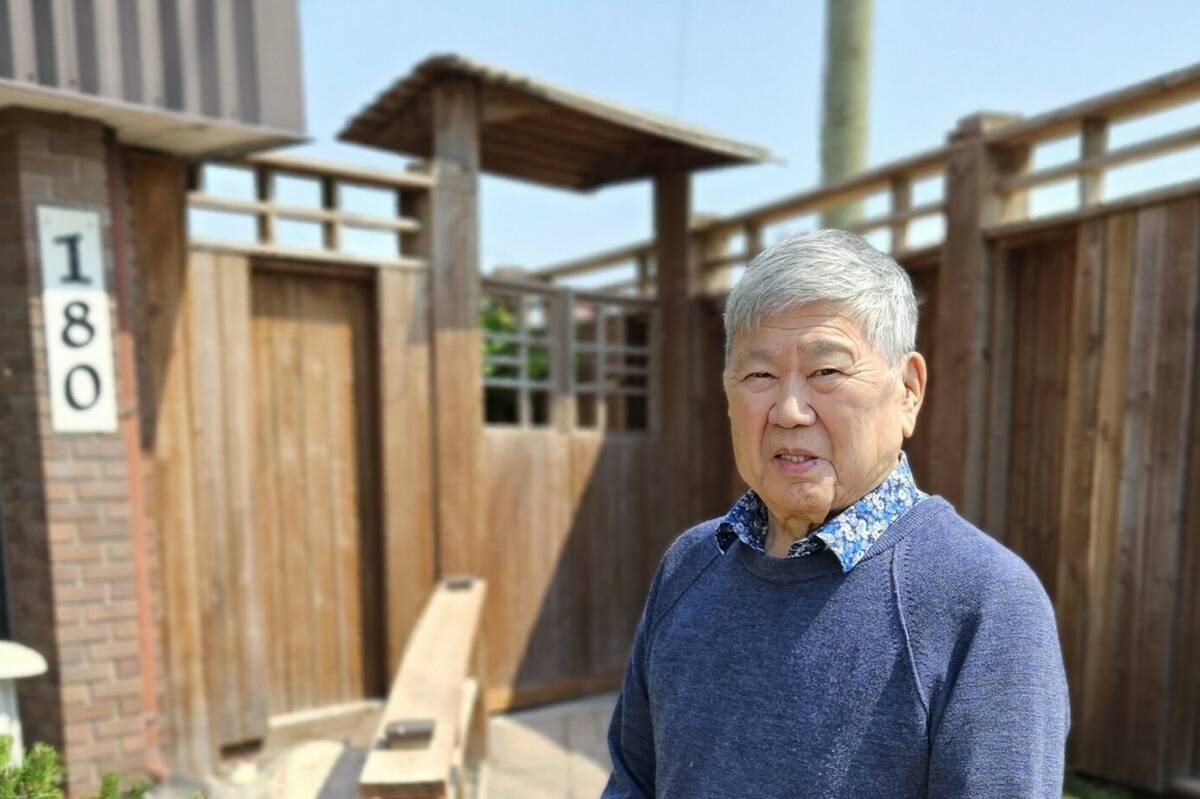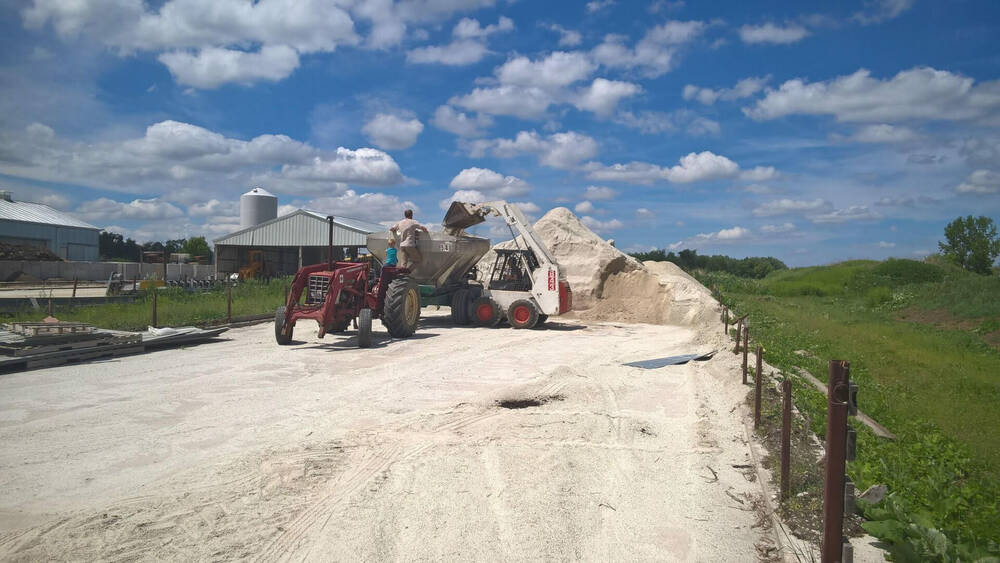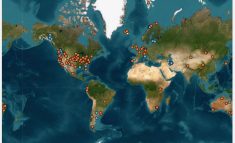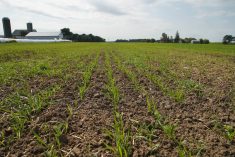A crushed rock product mined from the Canadian Shield north of Kingston has offered area farmers a new source of essential crop nutrients in recent years.
Now, the product is being recognized for its ability to remove atmospheric carbon, and it has Microsoft Corporation and U.K.-based UNDO Carbon touting its benefits.
Why it matters: Micronutrients are crucial in many crop production scenarios, and the low cost of wollastonite will especially appeal to farmers within a reasonable driving distance of Kingston.
Read Also

The forced Japanese-Canadian farmers of the Second World War
Manitoba’s sugar beet farms drew on displaced Japanese-Canadians from B.C. during the Second World War
UNDO Carbon specializes in enhanced rock weathering (ERW) and developed a partnership with Canadian Wollastonite, a mining company in Seeley’s Bay, last year.
Wollastonite is similar to crushed limestone but it doesn’t lose 40 per cent of its nutrients in the form of carbon dioxide released into the atmosphere. Canadian Wollastonite says wollastonite can be substituted in any soil-based application and it offers more nutrients than limestone while supplying a similar amount of calcium.
In an agreement announced Sept. 24, UNDO Carbon will spread 65,000 tonnes of crushed silicate rock on farmland in the United Kingdom and Canada, “a process that will remove 15,000 tonnes of carbon dioxide from the atmosphere and provide funding for crucial scientific research in the enhanced rock weathering,” stated a joint news release from UNDO Carbon and Microsoft.
“It will also contribute to Microsoft’s commitment to be carbon-negative by 2030.”
As part of the deal, Canadian Wollastonite said in a separate release, 25,000 tonnes of the rock will be sourced from its Seeley’s Bay mine and spread on Ontario farmland. Microsoft’s contribution will allow the product to be spread free of charge, with farmers only paying for delivery.
Wollastonite was first extracted from the Seeley’s Bay site after government approvals were achieved in 2012 and was initially marketed to the steel industry as an alternative to limestone-based fuels in slag furnaces.
“It was also sold for other industrial applications where they needed calcium, silica or magnesium,” said Bob Vasily, founder of Canadian Wollastonite.
In an interview, Vasily said his company sent samples of the product to research institutions across North America and beyond to determine other possible uses for wollastonite. From those efforts, two potential marketing opportunities presented themselves in 2015.
After learning from a steel industry customer that slag was being crushed and marketed as a soil amendment, Vasily sent some wollastonite to the University of Guelph. A multi-year research project revealed its potential, including the advantage that it can be used on certified organic farms.
Meanwhile, research begun in 2015 at Yale University’s Center for Natural Carbon Capture revealed wollastonite’s high rate of breakdown in the newly recognized enhanced rock weathering process. Similar to the breakdown of soil and rock through reaction with the carbonic acid in rainwater – with the added advantage of sequestering that carbon into the soil – ERW happens when certain minerals speed up this process compared to regular soil or rock.
The Yale University research caught the eye of UNDO Carbon, which works globally to facilitate greenhouse gas emission offsets. The company, which established a North American presence in Kingston and at Queen’s University, had been working in the U.K. and other locations with basaltic rocks that also have ERW potential.
Wollastonite is like basaltic rock on steroids when it comes to ERW.
“By selecting and crushing the most reactive rocks (wollastonite wins in this department) to a fine powder and spreading them on soil, we can accelerate and enhance this (ERW) reaction to capture incredible amounts of carbon very quickly,” says the Canadian Wollastonite website.
Vasily describes ERW as “durable carbon removal.” The carbon is sequestered permanently, at least in a geologic time sense. That’s why it’s appealing to carbon offset program promoters compared to programs like tree planting or brownfield naturalization, which eventually release some of that carbon dioxide when the vegetation dies.
Vasily said there is ongoing research on durable carbon removal through interactions with flowing water and air but almost all efforts, if commercialized, would require significant private sector or government subsidies to get up and running.
ERW through wollastonite or basaltic rocks can be scaled up more economically.
“This agreement with Microsoft is a clear signal to the market that ERW has the potential to deliver scalable carbon removal, and that UNDO can deliver critical scientific research to instil more confidence in this vital climate tech,” said UNDO Carbon Founder and CEO Jim Mann in the Sept. 24 news release.
“We are eager to continue our work advancing the science of ERW by scaling up our research and data-gathering capabilities, which will be greatly facilitated by Microsoft’s continued backing.”
Vasily has already seen the agricultural input aspect of his business grow significantly in the decade since the mine opened. In 2015, about 5,000 tonnes of wollastonite were extracted and marketed from Seeley’s Bay, all for industrial applications.
When the 2024 numbers are finalized, he estimates an annual output of just over 100,000 tonnes, with about one-quarter of that marketed as a soil amendment.
Given the phone calls and emails he has received since the Microsoft/UNDO announcement, Vasily expects the tech giant’s involvement could be a game-changer.
“Probably in 2025 at least 50 per cent of our output will be for agriculture,” Vasily says. “And by 2026, we’re looking at 75 per cent.”
He says that level of growth, if it happens, would be “at the upper boundary” of what Canadian Wollastonite can manage. But with 55 acres of extractable property on a land base of 600 acres split between the City of Kingston and the Township of Leeds and the Thousand Islands, he believes an extraction rate of 500,000 tonnes per year is realistic.
Vasily said the company is involved in “a private market” utilized by corporations aiming to limit their long-term climate change impact regardless of the government policies in the jurisdictions in which they operate. So, the risk is low to Canadian Wollastonite of policy changes that may be made by a potential Conservative government.
Ultimately, he said he would love to see a federal climate change mitigation program that recognizes the potential for wollastonite to sequester carbon. Ideally, it would compensate farmers who choose to apply the mineral.
“By applying wollastonite, the farmers become a part of the (climate change) solution, as opposed to right now where they’re often blamed for creating more carbon dioxide … This way, they’re allowing all people to benefit by using their land to capture carbon. And (the farmers) should be compensated for that.”















